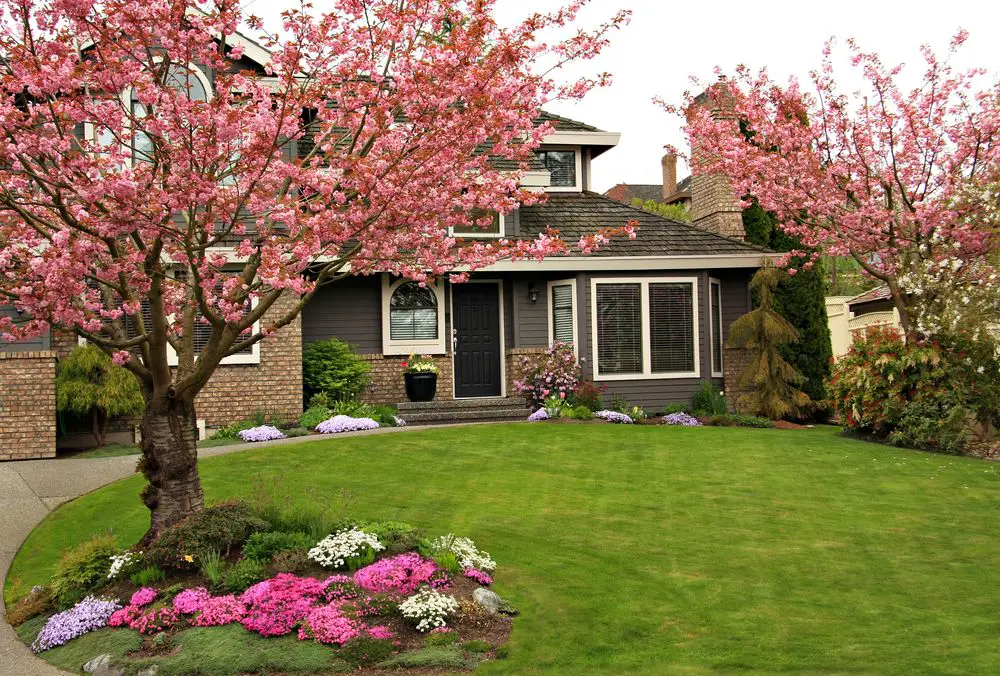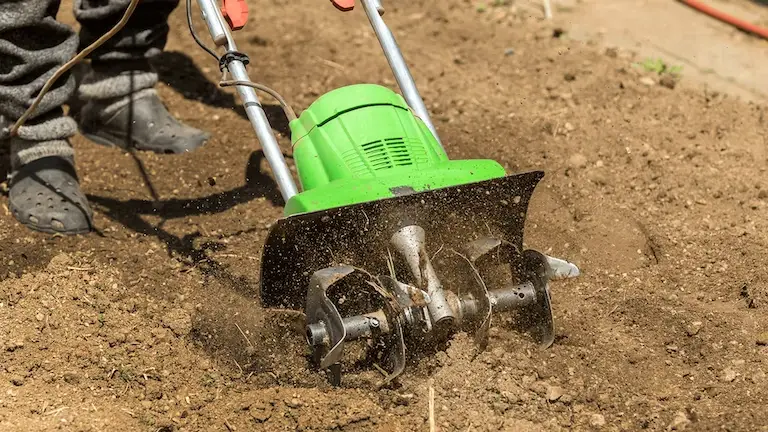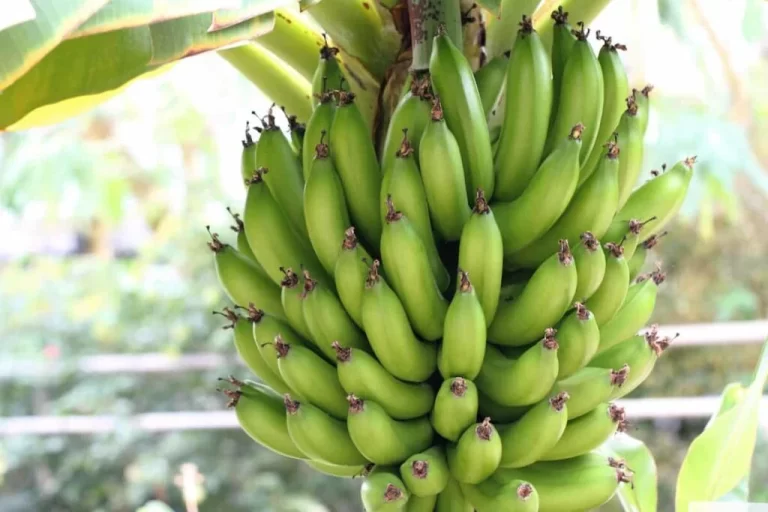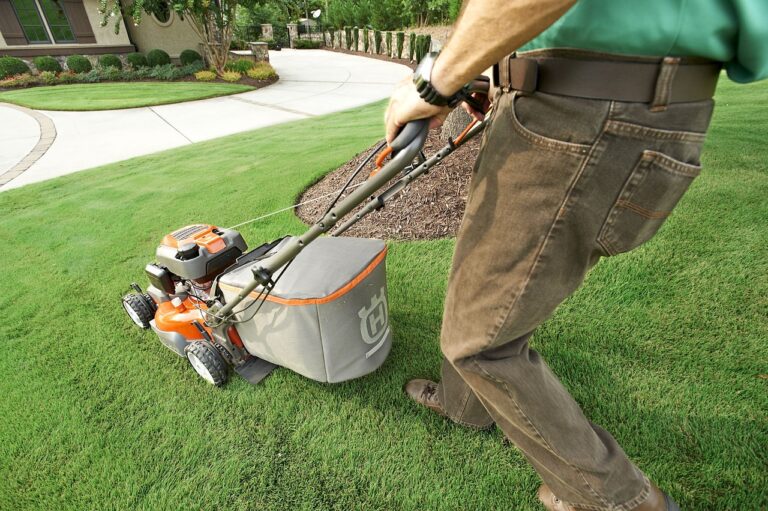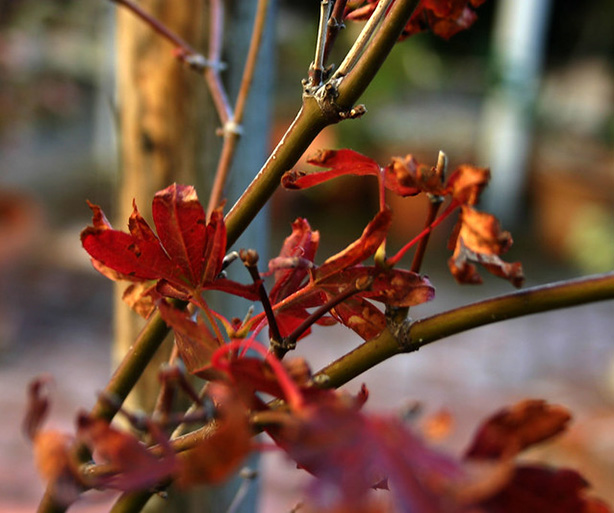Tree for Front Yard: A Comprehensive Guide to Making the Perfect Choice
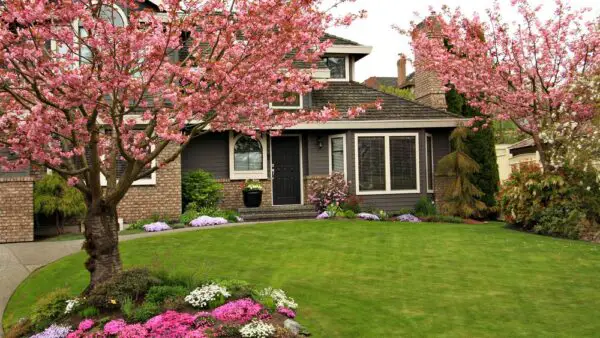
Have you ever considered enhancing the aesthetic appeal of your property by adding a tree to your front yard? Selecting the right tree can transform your home’s curb appeal, but it’s crucial to pick one that suits your local climate, available space, and personal taste. In this comprehensive guide, we’ll explore the factors to consider when choosing a front yard tree and provide some popular options.
Consider the Size of the Tree
The first factor to keep in mind when choosing a tree for your front yard is size. Mature trees can range in size significantly, from a modest ten feet to towering giants over 100 feet tall. Consider the proportions of your yard, the height of your house, and any overhead power lines. A smaller tree like a Dogwood or a Crepe Myrtle could be the perfect fit for a smaller yard, while a larger property might benefit from the shade and grandeur of a Maple or an Oak.
Assess the Climate and Soil Conditions
Next, consider the climate and soil conditions where you live. Some trees are drought-tolerant and perfect for arid regions, such as the Blue Palo Verde or Desert Willow. Alternatively, if you live in a wetter climate, you may prefer a Bald Cypress or a Weeping Willow, both of which thrive in moist soils.
Evaluate the Foliage
The foliage of a tree is another important aspect to consider. Deciduous trees, which shed their leaves annually, can provide a fantastic autumnal display. The Sugar Maple, for example, offers brilliant red, orange, and yellow foliage in the fall. On the other hand, evergreens like the Blue Spruce or the Southern Magnolia retain their leaves year-round, offering a constant screen of privacy and a staple of green during winter months.
Maintenance Requirements
For those concerned about maintenance, certain tree species require less care than others. The Redbud tree is a low-maintenance choice with beautiful spring blossoms, while the Silver Maple grows quickly and requires little care beyond an occasional trim.
Additional Benefits
Some homeowners also like to consider trees that offer additional benefits. Flowering trees like the Cherry Blossom or Dogwood provide spectacular spring blooms, while fruit trees such as the Apple or Pear can offer a delicious summer harvest. If you appreciate wildlife, you might opt for a tree that produces nuts or berries, like the Oak or Holly, attracting birds and other animals to your yard.
Popular Tree Choices for Front Yards
To further guide your tree selection process, let’s discuss some popular trees commonly chosen for front yards, considering the factors mentioned earlier.
Eastern Redbud (Cercis canadensis)
The Eastern Redbud, a North American native tree, is cherished for its delightful pink blossoms that brighten the landscape in early spring. This relatively small tree grows 20 to 30 feet tall and thrives in full sun to partial shade. It’s a low-maintenance option that’s perfect for smaller yards.
Sugar Maple (Acer saccharum)
If you’re looking for a tree with brilliant fall color, the Sugar Maple is an excellent choice. This tree can grow up to 75 feet tall and requires well-drained, acidic soil. It also offers the added benefit of providing sap that can be used to make maple syrup.
Southern Magnolia (Magnolia grandiflora)
The Southern Magnolia is a magnificent evergreen tree known for its large, glossy leaves and fragrant, white blossoms. It can reach heights of 60 to 80 feet, making it a good option for larger yards in warmer climates.
Pear (Pyrus calleryana)
The Pear tree, especially the ‘Bradford’ variety, is a popular choice due to its hardy nature and beautiful spring flowers. It grows rapidly, reaching 30 to 50 feet in height, and its round shape can provide ample shade.
Choosing a Tree: An Investment in Your Home
Choosing the right tree for your front yard is an investment in your home that goes beyond monetary value. The right tree can provide shade, enhance curb appeal, contribute to local ecosystems, and even increase property value. This selection process is a unique opportunity to express your personal taste and make a lasting impact on your home’s exterior.
Factors That Could Impact Your Choice
When you’re exploring the best tree for your front yard, it’s essential to understand that several external factors could impact your final choice. Consider proximity to your house and your neighbors’ property, underground utilities, and municipal regulations. Some municipalities have strict rules about the type of trees that can be planted, especially in the easement area between the sidewalk and the street. These factors could limit your options or require specific maintenance requirements for the tree you choose.
Tree Placement Tips
The placement of the tree in your front yard can also make a significant difference. You may want to place the tree in a location that maximizes shade during hot summer months. This can not only provide a comfortable outdoor space but could also potentially reduce cooling costs for your home. Furthermore, a well-placed tree can frame your house in a pleasing way, boosting your property’s curb appeal.
Consider Professional Guidance
You may benefit from consulting with a local arborist or a landscape designer when making your decision. They can provide personalized advice tailored to your yard’s specific conditions and your personal preferences. Professionals can also help with correct planting procedures and care tips to ensure your tree thrives in its new environment.
Final Considerations
Before making your final choice, always check with your local extension service or a tree nursery about the potential challenges of planting certain trees in your area. Remember, some trees can have invasive root systems that may damage underground pipes, or they may be more prone to pests or diseases.
Conclusion
Strawberry Tree and Shade Trees
Selecting the ideal tree for your front yard is an exciting journey that allows homeowners to customize their landscapes and enjoy the rewarding process of nurturing their chosen tree. From magnificent deciduous trees like the Japanese maples, which are often considered among the best trees for their stunning red fall foliage, to stately evergreen trees like the Colorado blue spruce that bring year-round greenery, the options are as diverse as they are beautiful.
The magic of front yard trees lies in their ability to dramatically enhance curb appeal, provide cooling shade, and even offer charming features like the strawberry tree’s rough, reddish-brown bark and the olive trees’ silvery leaves. Whether you prefer the magnolia trees with their large, glossy leaves and fragrant white flowers or dwarf trees like the flowering dogwood that offer spectacular spring blooms without overpowering your yard, your choices are plentiful.
Ultimately, choosing the best trees for front yards comes down to your personal preference, local climate, and available space. Whether you decide on the timeless elegance of evergreen trees or the seasonal charm of deciduous tree varieties, your choice will serve as a captivating focal point for your front yard, enhancing the beauty of your home for years to come.

